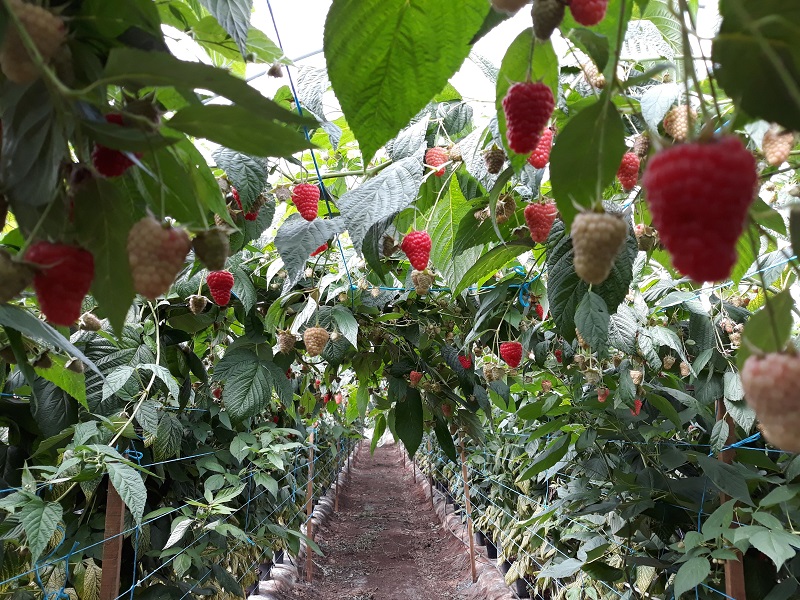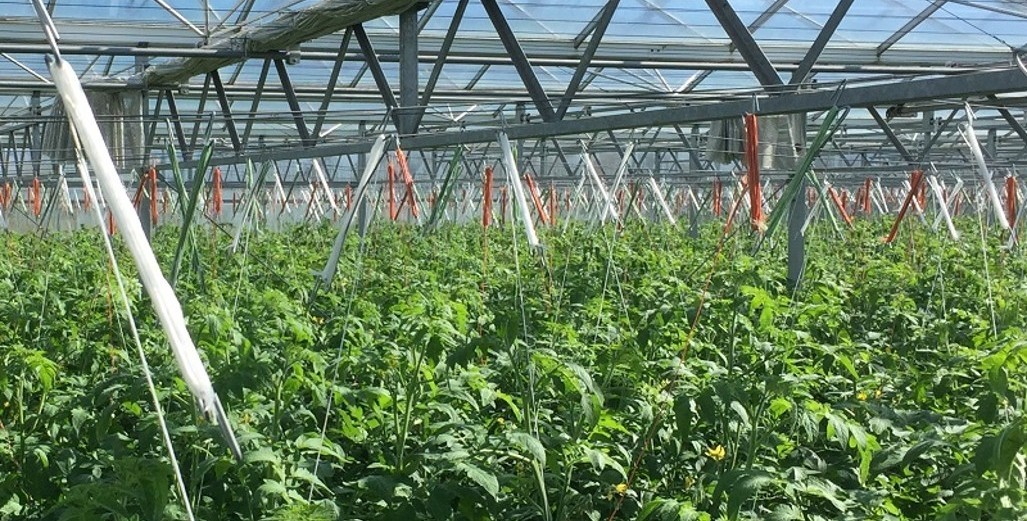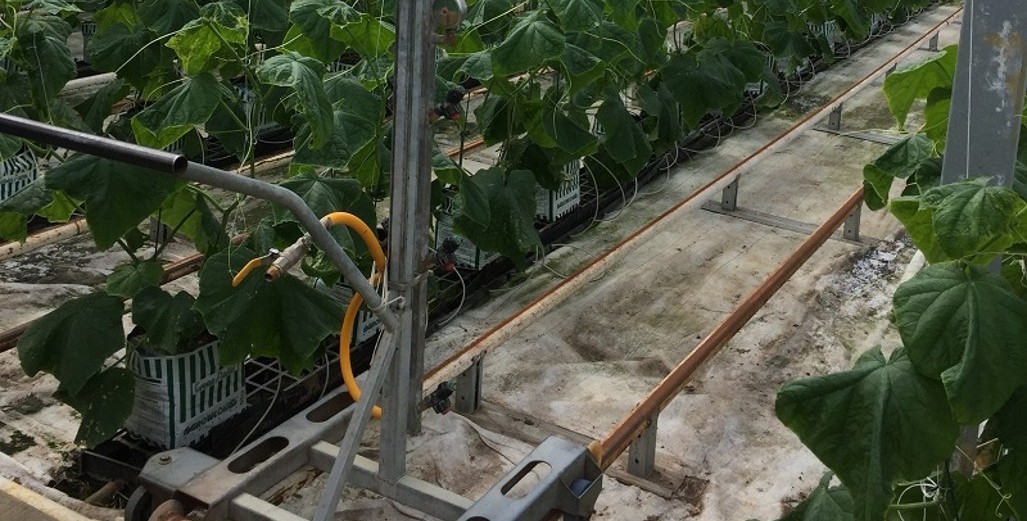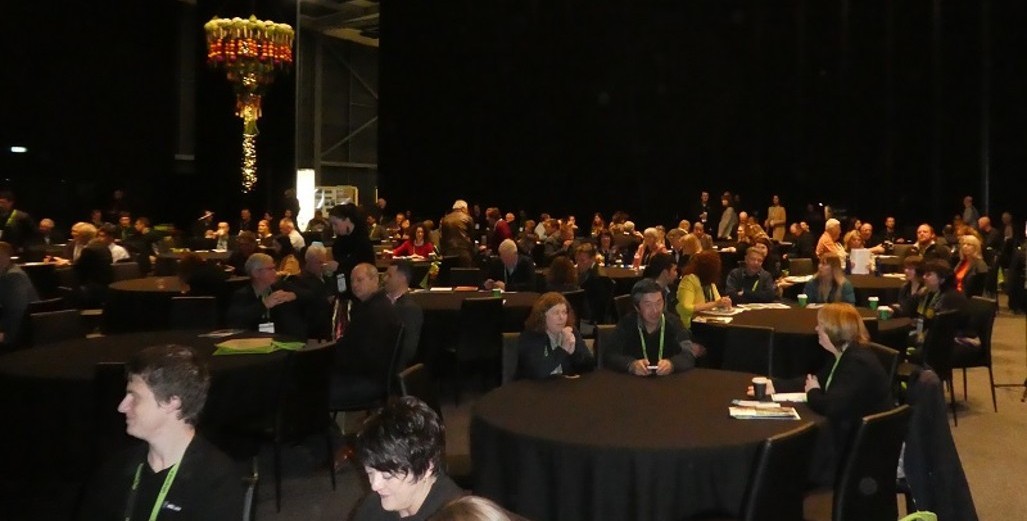Two Subject matter experts added to presenters list
As an additional bonus for the attendees of the Greenhouse Berry Workshop, I am very pleased to announce two further speakers will be giving presentations. Dr Gunjan Gera, works for Zonda Beneficials on Research and Development will be giving a talk regarding beneficial insects used to control insect pests on different greenhouse berry crops. Dr Gera works for the New Zealand Gourmet group which has vast amounts of experience growing Blueberries, Raspberries and Strawberries.
The second speaker is Marco van Den Berg, Business Manager for HortFertplus, Horticentre Group. Marco will be discussing the nutrient requirements for different stages of plant development. Changing from soil grown to bag grown, the opportunity to be more precise with fertiliser nutrition is an added advantage. Marco will also talk about the importance of the substrate especially for cultivars grown for up to 6 years in the same substrate.
The registrations are proving popular and we have had a great response so far. If you are interested in attending the Greenhouse Berry Workshop please don’t miss this opportunity.
If you are interested in registering for this educational opportunity please email stefan@grower2grower.co.nz. The cost to register is only $ 57.50 per person including GST. Numbers are restricted so please don’t wait or you may miss out. Growers and their staff, Industry suppliers and students are welcome to register for this event.

Introduction to medium-high tech greenhouse Berry production
The demand for fresh berries, such as raspberries, blackberries, strawberries and blueberries, has risen sharply in many parts of the world in recent years, and New Zealand is no different. Traditional outdoor berry growers, in New Zealand, are now seriously looking at greenhouse or tunnel house production models. Some already are.
This has not gone unnoticed by me and for the past 18 months you may have read articles, I have written, about growing berries using protected cropping models.
Around the world there are many different protected crop growing structures, from low to high tech facilities. Many traditional greenhouse vegetable crops, such as tomatoes, are now grown in some of the most high-tech greenhouses imaginable. I understand that traditional outdoor berry growers are now dipping their toes and starting to grow in low-tech tunnel houses. I wanted to investigate the option of growing berries in both low-medium tech greenhouses and high-tech greenhouses and comparing these different options.
I came up with the idea of hosting a greenhouse berry grower workshop. This has been many months in planning, from the initial concept, to finally being in a position to reveal this event. I am very pleased to announce, thanks to funding from the Horticentre Trust, that on Wednesday October the 2nd, Grower2Grower will be hosting a workshop in Pukekohe, South Auckland. The keynote speaker is Doctor Michael Nichols, former Massey University Lecturer, Berry consultant and subject matter expert.
Dr Nichols has a wealth of knowledge, he has spent many years studying and conducting trials for the berry industry. He has travelled extensively to many different berry conferences and seminars. He will be talking about the following:
Cultivars to be discussed:
-
Strawberry
-
Raspberries
-
Blackberries
-
Blueberries
The programme will cover the following five topics:
SECTION 1, Greenhouses: Medium and High-Tech structures (glass and plastic), Irrigation and heating systems, artificial lighting, plant support systems
SECTION 2, Plants: Growth stages, densities, heating and humidity strategies, Irrigation, plant maintenance and labour techniques, production
SECTION 3, Substrates: Benefits of coco or rockwool for each cultivar
SECTION 4, Plants: Health, Fertilizer requirements, Pollination, IPM.
SECTION 5, Sourcing plant Material:
This will be an intensive workshop running from 9.00am to 12.30pm. This is a very rare opportunity to learn about high-tech berry production from one of New Zealand’s most experienced berry expert. Morning tea will be provided.
A huge thankyou to the Horticentre Trust for supporting this educational event.

Web link to Article: news/post/greenhouse-berry-grower-workshop-/



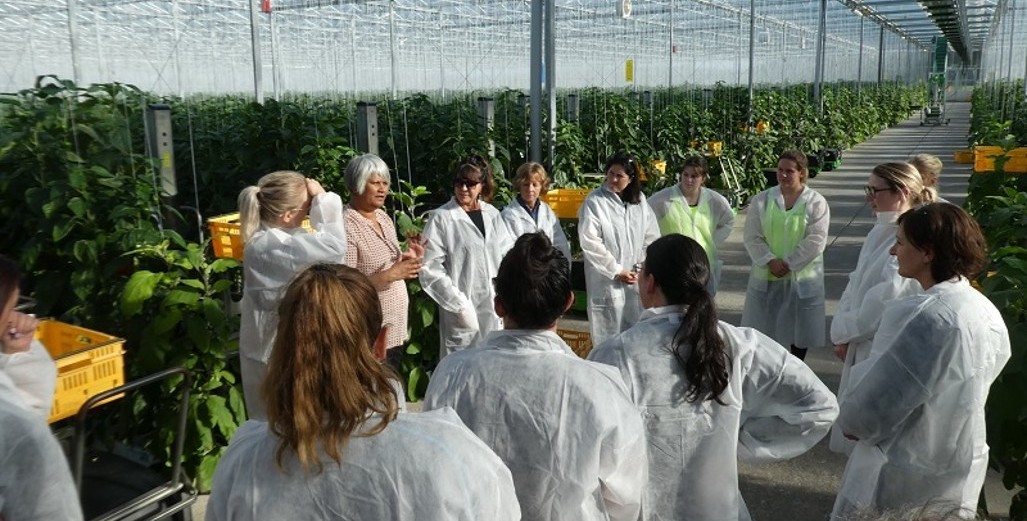
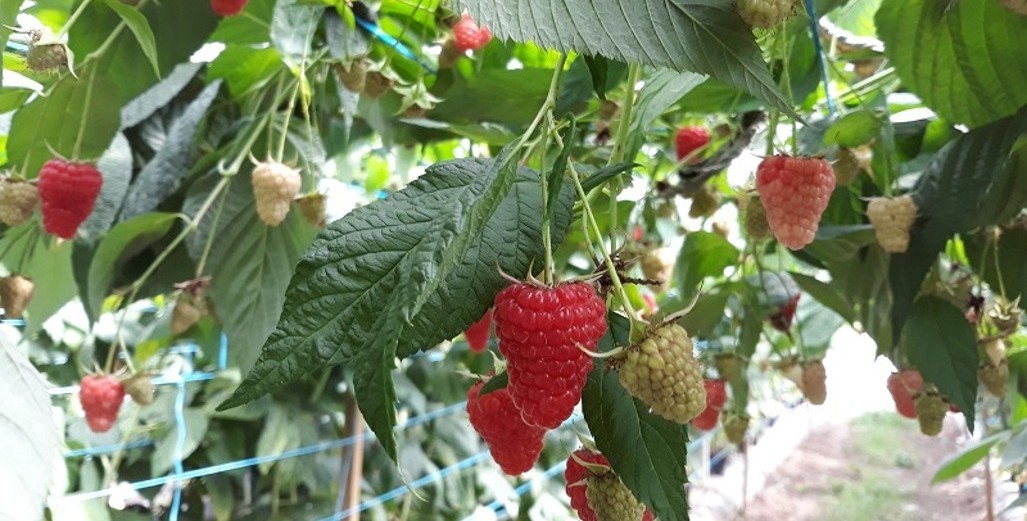
.jpg)
